Mastering Boat Wrap Installation with 3M or Avery Vinyl: Tips and Care
Boat wrap installation is a professional process using durable vinyl materials like 3M or Avery to p…….
In the dynamic world of maritime innovation, boat wrap installation has emerged as a game-changing technology, revolutionizing the way we design, protect, and enhance watercraft. This article aims to delve into the intricate process, global impact, and future potential of boat wrap installation, offering readers an insightful journey through this cutting-edge practice. By exploring its historical roots, technological advancements, economic implications, and real-world applications, we will uncover why this method is not just a surface treatment but a strategic investment for marine industry stakeholders.
Definition: Boat wrap installation refers to the process of applying a protective and decorative layer of material, known as boat wraps or marine wraps, to the exterior surfaces of boats and watercraft. This innovative technique involves seamlessly wrapping durable, high-performance materials around various parts of the vessel, offering unparalleled protection against environmental factors.
Core Components: The key elements of successful boat wrap installation include:
Boat Wrap Materials: These range from advanced composites like fiberglass and carbon fiber to more traditional options such as vinyl and polyester films. Each material possesses unique characteristics, catering to specific performance needs, aesthetic preferences, and budget constraints.
Application Methods: Installation can be achieved through various techniques, including hand wrapping, machine wrapping, or spray application. Each method has its advantages, with some offering faster turnaround times while others provide superior precision and finish.
Adhesives and Sealants: Choosing the right adhesive is crucial for ensuring long-term bond strength and water resistance. Modern adhesives are designed to withstand marine environments, promoting the longevity of the wrap.
Historical Context: The concept of boat wrapping can be traced back to ancient times when mariners used natural materials like tar and animal hides to protect their vessels from the elements. However, modern boat wrap installation has evolved significantly over the past few decades, driven by advancements in material science and manufacturing techniques. Today, it is a sought-after solution for both recreational boaters and commercial maritime operations.
Significance: Boat wrap installation serves multiple critical functions:
Protection: It shields boats from UV radiation, salt water corrosion, and extreme temperatures, extending the lifespan of the vessel’s exterior.
Aesthetics: Wraps offer endless customization options, allowing owners to personalize their boats with unique designs, colors, and patterns while enhancing overall appeal.
Lightweight Construction: Many modern wraps are lightweight, contributing to improved fuel efficiency and maneuverability.
Maintenance Ease: Compared to traditional painting or coating methods, wraps require less maintenance, saving time and costs in the long run.
Boat wrap installation has transcended geographical boundaries, becoming a global phenomenon with distinct regional variations. Its influence can be observed across diverse markets:
| Region | Key Trends | Market Dynamics |
|---|---|---|
| North America | ||
| – Dominance in luxury boat market | High demand for premium wraps catering to superyachts and custom craft | Established manufacturers with advanced technologies |
| – Growing interest in DIY installations | Kits and tutorials gaining popularity, empowering boaters to take control of their projects | Online communities fostering knowledge sharing |
| Europe | ||
|---|---|---|
| – Focus on sustainability | Increasing adoption of eco-friendly materials like biodegradable polymers and recycled fabrics | Strict environmental regulations driving innovation |
| – Integration with smart technologies | Incorporation of sensors and lighting systems into wraps for enhanced boat monitoring and ambiance | Rising trend of ‘smart boats’ |
| Asia-Pacific | ||
|---|---|---|
| – Rapid growth in recreational boating | Growing middle class drives demand for leisure boats, prompting wrap installations | Competitive market with numerous local manufacturers |
| – Cultural influences on design | Unique regional patterns and motifs incorporated into wraps, reflecting local aesthetics | Strong tradition of boat customization |
The economic aspects of boat wrap installation are multifaceted, impacting various sectors within the maritime industry.
Market Dynamics:
Global Market Size: According to a 2022 report by Research and Markets, the global marine wraps market is projected to reach USD 5.2 billion by 2027, exhibiting a CAGR of 8.5% (2022-2027). This growth is attributed to increasing boat ownership and rising demand for customized, protective solutions.
Pricing Factors: The cost of boat wraps varies widely based on material type, complexity of design, size of vessel, and region. On average, wrap installations can range from $100 to $500 per square foot, with premium options commanding higher prices.
Investment Patterns:
Owner Spending: Boat owners invest in wraps as a form of long-term asset protection and enhancement. High-end yacht owners often view wraps as an opportunity for creative expression, leading to significant spending on bespoke designs.
Commercial Applications: Maritime businesses, including charter companies and marina operators, also embrace wrap installation to maintain the appeal of their vessels and attract customers.
Economic Impact:
Job Creation: The industry supports a range of jobs, from skilled installers and designers to manufacturers and suppliers, contributing to local economies.
Tourism Boost: In regions with vibrant boating cultures, attractive boat wraps can enhance tourist experiences, encouraging visits to marinas and waterfront destinations.
The field of boat wrap installation has witnessed remarkable technological strides, pushing the boundaries of what was previously possible.
Key Innovations:
Digital Design Tools: Advanced software allows designers and installers to create precise digital patterns, streamline the design process, and reduce errors. 3D modeling enables visualization of final results before installation, enhancing customer satisfaction.
Smart Materials: Researchers are developing next-generation wraps incorporating smart technologies. These materials can change color based on temperature or UV exposure, self-repair damage, or even monitor boat performance data.
Automated Installation Systems: Machine wrapping technology offers increased speed and precision, reducing labor costs and installation time. Robotic systems can handle complex curves and contours, opening doors for more intricate design possibilities.
Future Potential:
Customization on Demand: With the rise of print-on-demand services, boat owners could soon order unique wrap designs online, tailored to their individual preferences.
Integration with IoT: Internet of Things (IoT) devices integrated into wraps could provide real-time data on vessel health, environmental conditions, and performance, enhancing safety and efficiency.
Sustainable Solutions: The industry is exploring eco-friendly materials, pushing for more sustainable practices without compromising quality or aesthetics.
The boat wrap installation sector operates within a framework of policies and regulations that vary across jurisdictions, ensuring safety, environmental protection, and consumer rights.
Key Considerations:
Environmental Standards: Many countries have strict regulations regarding the use of adhesives and coatings to prevent water pollution. Manufacturers must adhere to guidelines for low volatile organic compound (VOC) emissions and eco-friendly disposal methods.
Product Safety: Regulatory bodies oversee the safety of materials, ensuring they meet specific performance criteria and are non-toxic. Testing is required to prevent harm to boat occupants and marine ecosystems.
Consumer Protection: Laws protect consumers from fraudulent practices, requiring transparent pricing, detailed contracts, and guaranteed workmanship.
International Cooperation:
Despite regional variations, international collaborations ensure consistent standards. Organizations like the International Maritime Organization (IMO) set global guidelines, promoting safe and sustainable shipping practices, including those related to boat wraps.
While boat wrap installation offers numerous benefits, it also faces challenges that require strategic solutions.
Main Issues:
Cost and Accessibility: High initial costs can deter small boaters or those on tight budgets. Limited accessibility to specialized equipment and trained installers is another hurdle, especially in remote areas.
Maintenance Concerns: Despite claims of reduced maintenance, wraps still require periodic cleaning and inspection to maintain their integrity. Misapplications or poor-quality materials can lead to premature failure.
Environmental Impact: While efforts are made to create eco-friendly products, the manufacturing process for some advanced materials remains energy-intensive and generates waste.
Strategic Solutions:
Financial Incentives: Governments and industry associations can offer subsidies or tax benefits to promote wrap adoption among smaller boats.
Training Programs: Providing training opportunities for installers can enhance skill levels, improve installation quality, and ensure customer satisfaction.
Sustainable Initiatives: Manufacturers should collaborate with research institutions to develop greener production processes and materials, addressing environmental concerns.
Let’s delve into three distinct case studies showcasing the successful integration of boat wrap installation in various contexts.
Case Study 1: Custom Superyacht Wrap
A luxury yacht manufacturer sought to differentiate its flagship superyacht model with a one-of-a-kind, eye-catching design. They partnered with a specialized wrap installer to create a unique, hand-painted artwork featuring marine life scenes. The intricate design, spanning multiple decks, showcased the installer’s expertise and the boat’s premium status. This project highlighted the ability of boat wraps to transform vessels into floating art pieces while providing exceptional protection.
Case Study 2: Coastal Cruise Ship Refit
A major cruise line embarked on a fleet modernization program, aiming to refresh its aging fleet with modern aesthetics and enhanced passenger experiences. They chose boat wrap installation as a cost-effective alternative to traditional repainting. The wraps, featuring vibrant ocean motifs, not only updated the ships’ appearances but also provided additional protection against harsh marine environments. This case demonstrated how wrap installation can revitalize fleets while reducing downtime and expenses.
Case Study 3: DIY Boat Wrapping for Recreational Boaters
A growing community of recreational boaters embraced DIY boat wrapping as a way to personalize their vessels on a budget. Online tutorials and kit manufacturers made the process accessible, allowing enthusiasts to apply wraps featuring their favorite marine themes or even custom graphics. This trend empowered boaters to express their creativity while enjoying the protective benefits of wraps.
The boat wrap installation sector is poised for continued growth and innovation, driven by evolving technologies, shifting consumer preferences, and emerging trends.
Potential Growth Areas:
Commercial Marine Applications: As commercial boating expands globally, particularly in fast-growing economies, there will be increased demand for wraps to protect and enhance fleet vessels.
Autonomous Boats: With the rise of autonomous marine vehicles, specialized wraps could play a crucial role in integrating sensors, communication systems, and power sources while maintaining aesthetic appeal.
Eco-Tourism and Research Vessels: The need for environmentally friendly boats continues to grow, prompting the use of sustainable wrap materials and designs that blend seamlessly with natural surroundings.
Emerging Trends:
Interactive Wraps: Integration of LED lighting and interactive displays could transform boat wraps into dynamic features, enhancing navigation, safety, or entertainment experiences.
Biomimicry Inspiration: Drawing from nature’s designs, wraps may incorporate patterns found in marine organisms for improved hydrodynamics, reduced drag, and enhanced aesthetic appeal.
Modular Wrap Systems: Developing modular wrap systems offers versatility, allowing boaters to change designs or customize specific areas without replacing entire wraps.
Boat wrap installation has emerged as a transformative force in the maritime industry, offering unparalleled protection, customization, and performance enhancements. From its humble beginnings as a simple protective layer to its current status as a cutting-edge technology, this field continues to evolve, addressing challenges while embracing new opportunities.
As we look ahead, the future of boat wrap installation promises exciting possibilities: advanced materials, innovative designs, and seamless integration with smart technologies. With growing global participation and investment, this sector is set to play a pivotal role in shaping the way we interact with our oceans, rivers, and lakes. By embracing these developments, industry stakeholders can ensure that boat wrap installation remains a dynamic, forward-thinking solution for marine applications worldwide.
Q1: How long does a typical boat wrap last?
A: With proper care and maintenance, high-quality boat wraps can last anywhere from 3 to 7 years before requiring replacement. Factors influencing lifespan include material type, installation quality, exposure to UV light, and water conditions.
Q2: Can boat wraps be repaired if damaged?
A: Absolutely! Many wrap manufacturers offer repair kits and services, allowing for the patching or replacement of small areas without needing a complete re-wrap. Proper repairs can extend the overall lifespan of the wrap.
Q3: Are boat wraps environmentally friendly?
A: While traditional paints and coatings can be harmful to marine ecosystems, modern boat wraps are designed with sustainability in mind. Some materials use eco-friendly adhesives, while others incorporate biodegradable or recycled components, reducing their environmental impact.
Q4: Can I install a boat wrap myself?
A: Yes, many DIY enthusiasts successfully wrap their boats themselves. Online tutorials and kit manufacturers make the process more accessible. However, complex designs or large vessels may require professional installers for optimal results.
Q5: How do I choose the right material for my boat wrap?
A: Selection depends on your specific needs and budget. Factors to consider include vessel size, desired aesthetic, performance requirements (e.g., UV protection), maintenance preferences, and cost. Consulting with professionals or experienced boaters can guide your decision-making process.
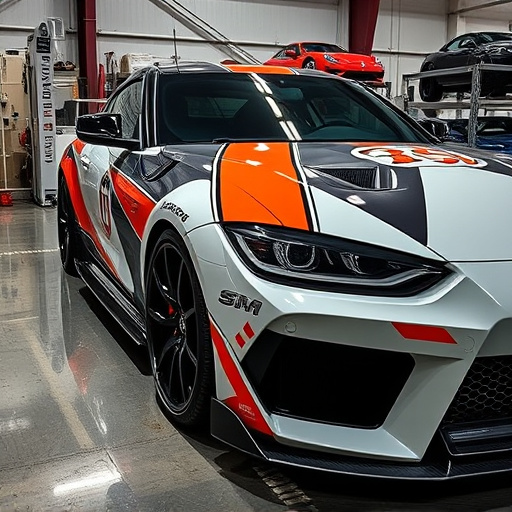
Boat wrap installation is a professional process using durable vinyl materials like 3M or Avery to p…….
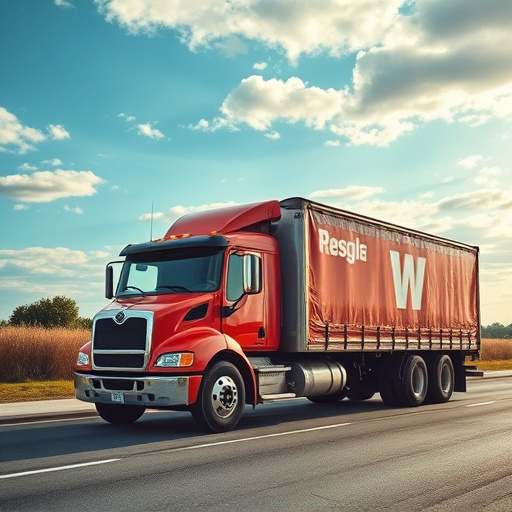
Boat wrap installation is a cutting-edge process that protects yachts, jet skis, and speedboats from…….
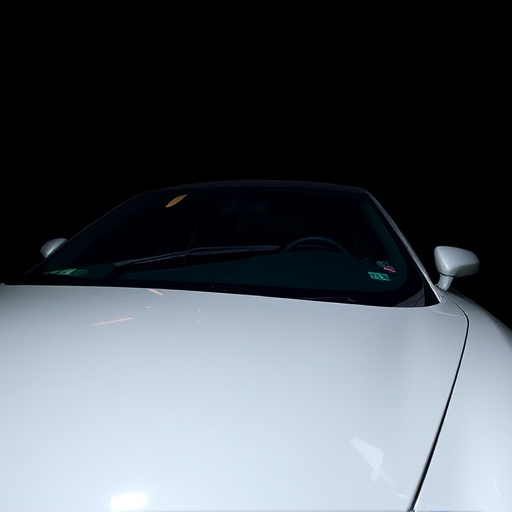
When choosing a boat wrap installation, consider vinyl wraps for versatility and superior resistance…….
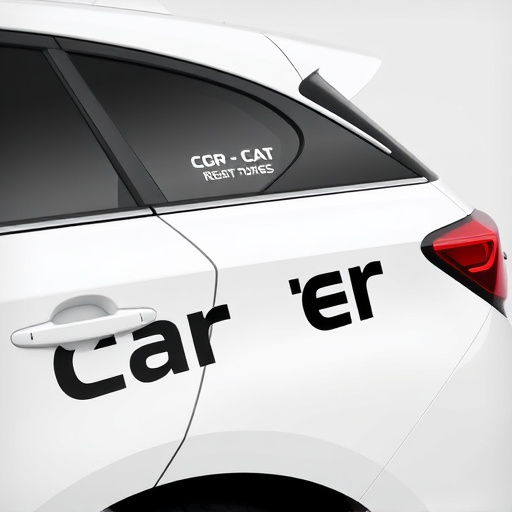
Boat wraps offer an effective, long-lasting solution for protecting and enhancing boats. The process…….
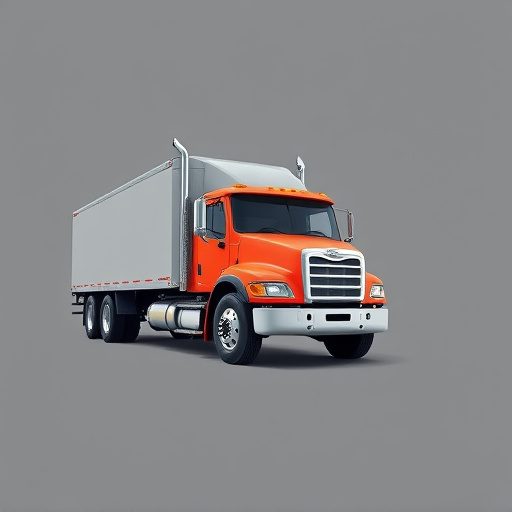
Boat wrap installation is a modern, non-invasive method of protecting and enhancing vessel aesthetic…….
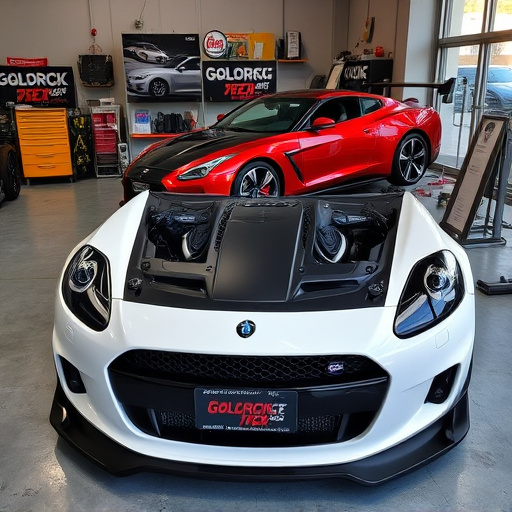
Selecting the right material for boat wrap installation is crucial for achieving aesthetic appeal an…….

Boat wrap installation is a popular choice for both boat owners and automotive enthusiasts, offering…….